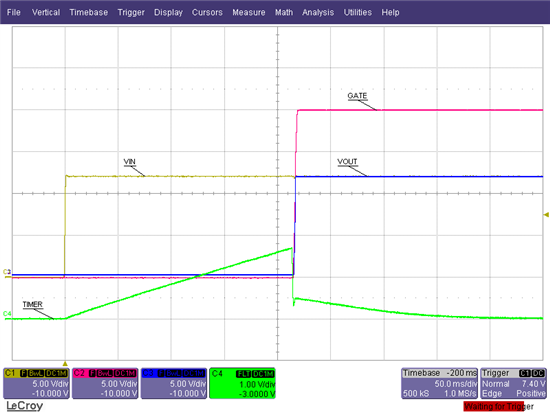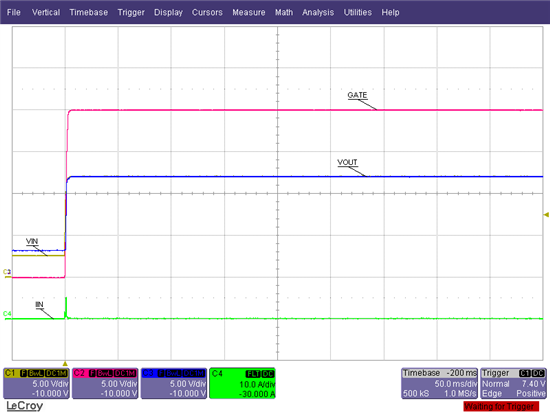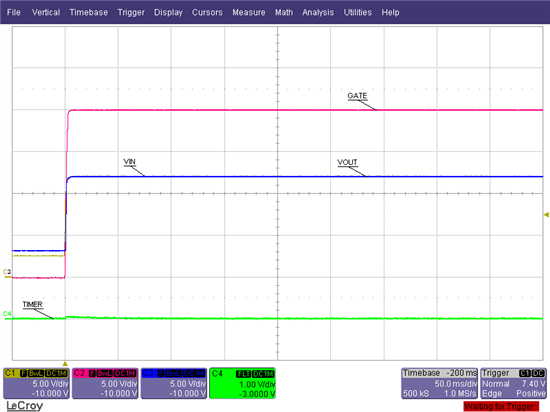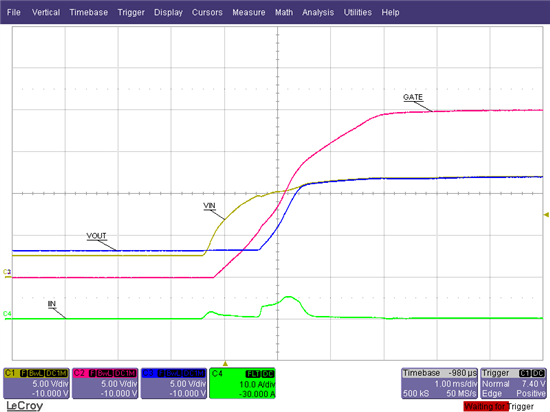Having a start-up issue when LM25069's pass MOSET has a back-fed voltage applied. See uploaded files for details.
CLP_LM25069 PowerON Issue.docx (details of issue observed)
CLP_LM25069_schematic.pdf (schematics of LM25069 circuit)
LM25069_QuickStartCalculator.xls ( Calculator containing design parameters)
Thanks,
George









